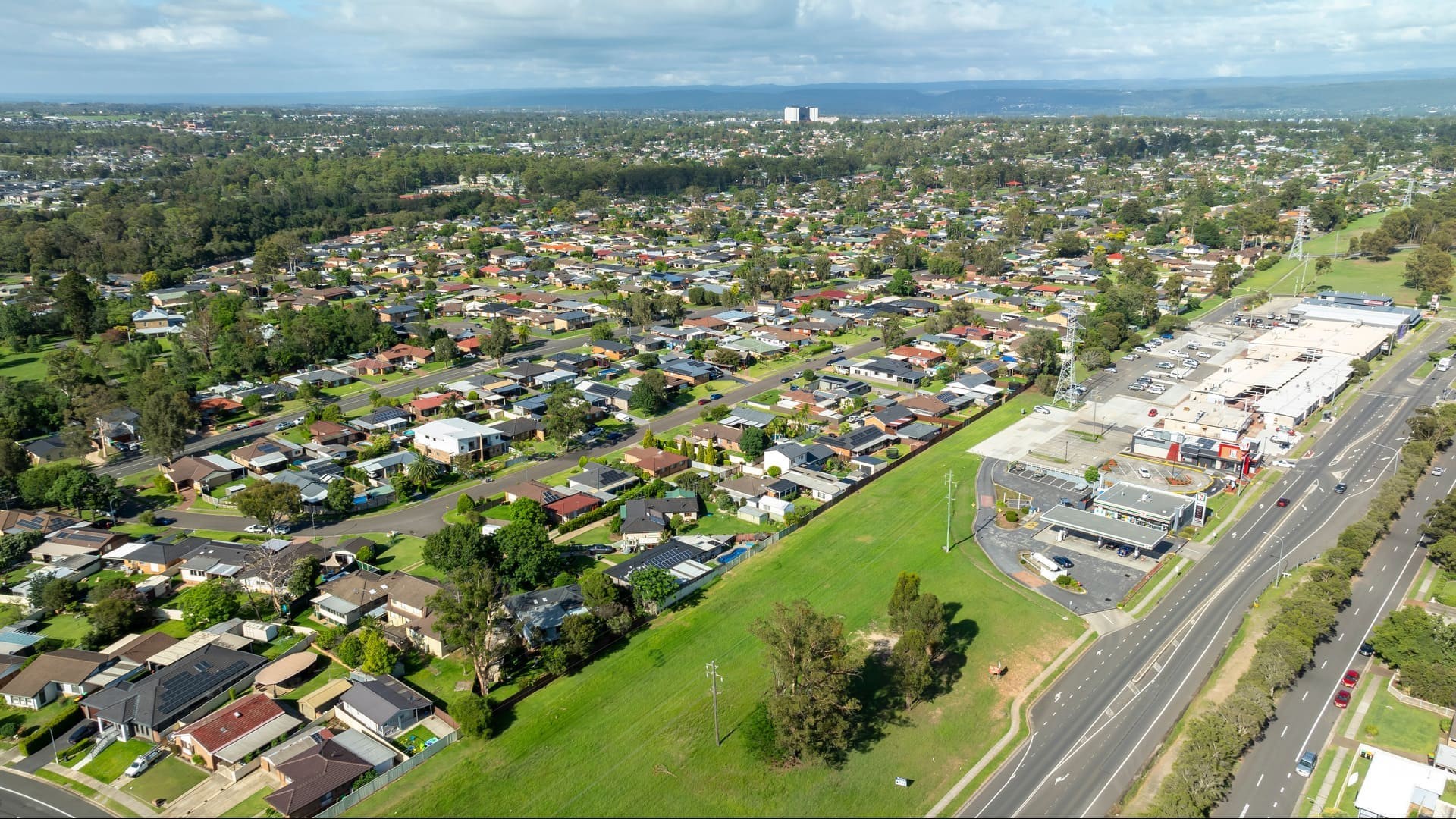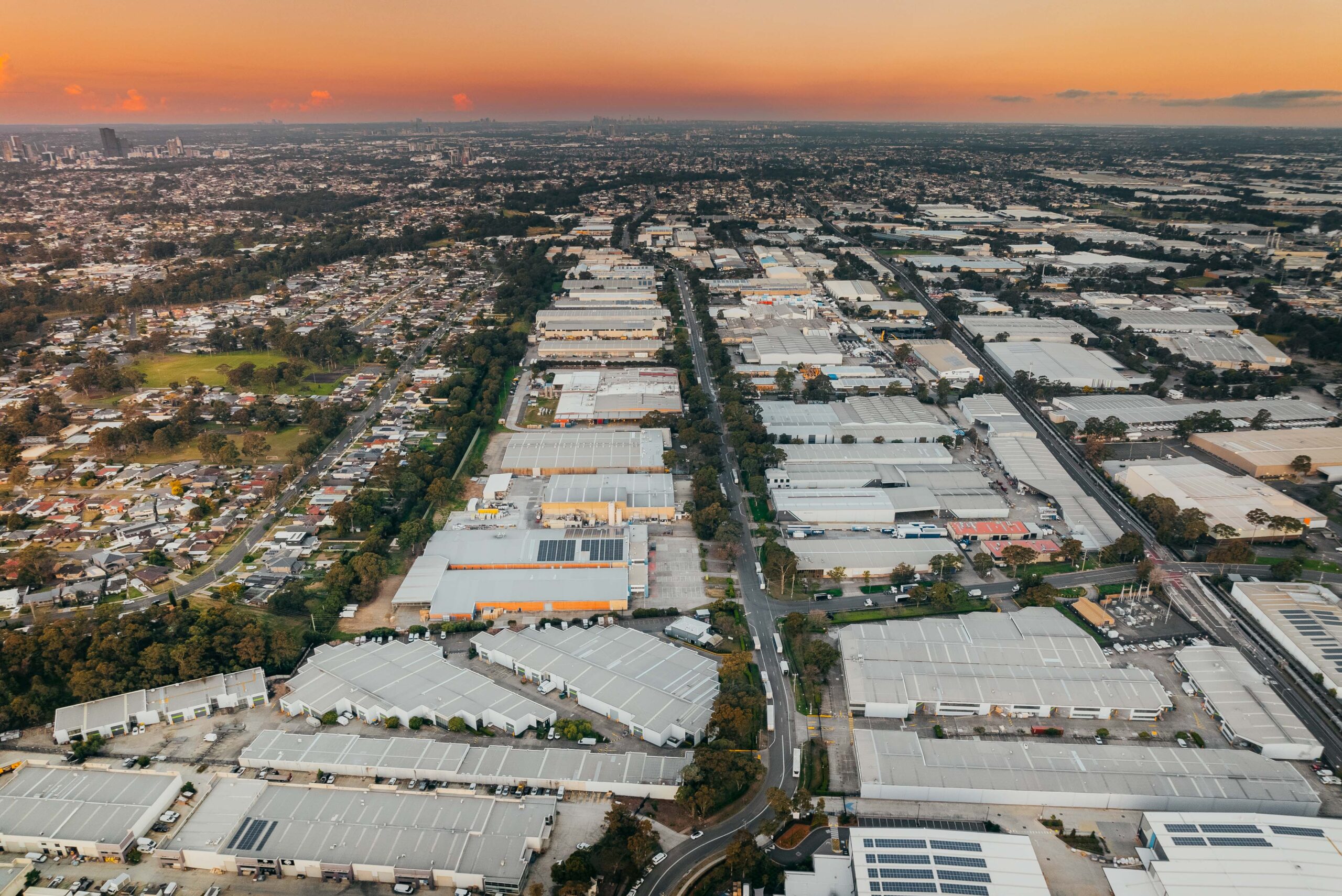Money’s Mortgage Insights: Investor Lending Narrows Gap with Homebuyers & Buying Activity Shifts East
28 August 2025
Money.com.au has released the latest edition of its Mortgage Insights report, highlighting key trends in Australia’s loan market.
Note: The report uses year to June 2025 figures to give a clearer view of market trends by smoothing out short-term swings and seasonal changes.
You can download the report on our webpage or LinkedIn.
Overall loan market showing resilience despite dip
The loan market is showing steady momentum despite a dip in annual growth. Investor lending rose 12% in the year to June 2025, down from 19%. However, the investor segment is still expanding at three times the pace of owner occupier lending, which grew 4% after easing from 6% in the previous year. First home buyer activity flatlined, recording no annual growth.
Total loans reached 521,671 in the year to June 2025 and, based on current growth trends, are projected to rise to 551,261 by the year to December 2025.
Homebuyers shift East & new build lending continues to fall
There were 324,972 owner occupier loans issued in the year to June 2025, up 4% annually.
Queensland recorded the strongest annual loan growth of all major states at 7% — nearly double the national average. Notably, Western Australia saw no annual growth for the first time since June 2024. Smaller markets saw the strongest growth in owner occupier loan numbers, with Tasmania up 13%, the Northern Territory 10%, and the ACT 8%.
Money.com.au’s Property Expert, Debbie Hays, says shifting buyer patterns reflect both affordability pressures and changing market conditions.
“We’re seeing early signs of buyer activity shifting from Western Australia, which is becoming a saturated market, back to the Eastern seaboard states. As interest rates come down, more buyers will re-enter the market, but many will be pushed into smaller states and territories where affordability and supply are less constrained,” she says.
Notably, growth in owner occupier loans for new property builds continues to trend downward as Australia grapples with ongoing housing supply constraints.
Loans for new dwellings recorded the steepest fall, deteriorating from a mild –1% decline to –8% in the year to June 2025. Construction loans also weakened sharply, with growth plunging from 9% to just 3% over the same period, while land loans slipped further into negative territory, falling from –2% to –5%.
Homebuyer comeback underway, but not yet at 2021 highs
On a quarterly basis, owner occupier lending has risen from 73,989 loans in March 2023 to 80,929 loans in June 2025 — a 9% increase from its post-COVID trough. Even so, volumes remain 29% below the June 2021 peak of 114,090 loans, when interest rates were at record lows.
Debbie says the rebound highlights both renewed confidence and the challenges ahead.
“The recovery in owner occupier loans shows confidence is returning, but a return to peak levels will take time, with supply still constrained and borrowing costs remaining elevated. Further interest rate cuts will bring more homebuyers back into the market, but without addressing supply, renewed demand risks pushing prices higher and locking some buyers out altogether,” she says.
Investor lending increases, nearly back to peak levels of 2022
There were 196,699 investor loans issued in the year to June 2025 — a 12% annual increase. Investors are proving to be the most resilient segment in current market conditions, with loan volumes now close to their 2022 peak of 202,585.
Debbie says investors are capitalising on falling rates and rising rental yields.
“The expectation is that growing investor activity will inject much-needed capital into the housing sector, boost rental supply, and support broader economic growth, particularly once the RBA moves back into a hold position with the cash rate, potentially sometime next year,” she says.
Despite a seasonal slowdown ahead of the spring selling season, nearly all states recorded double-digit growth in investor loans — with Queensland and South Australia up 16% annually, New South Wales 12%, and Western Australia 10%.
Narrowest gap between investor and owner occupier loans since 2021
When looking at quarterly lending activity, the gap between owner occupier and investor loans is at its narrowest since June 2021 — now 39% (31,864 loans) compared with 62% (71,190 loans) in June 2021. This means investors are now taking a bigger share of new loans than at any time since 2021. Investors now account for 38% of all new lending.
Debbie says the balance between investors and homebuyers carries major implications for affordability and supply.
“The split between the two buyer segments will shape both housing affordability and rental supply going forward. Investors are now taking a larger share of the loan market — traditionally a sign of market confidence and broader prosperity,” she says.
“However, the concern from the other side of the fence is that stronger investor demand could make it even harder for owner occupiers and first home buyers to compete, pushing prices higher and widening the affordability gap.”
Refinancing is back in full force amid the RBA’s rate-cutting cycle
With interest rates coming down and borrowing conditions improving, refinancing is truly back, though not in the same way as before.
Overall refinance loans reached 585,317 in the year to June 2025, just shy of the September 2023 peak of 593,496, when borrowers were rolling off ultra-low fixed rates. However, this time around, borrowers are increasingly refinancing with their existing lender.
Internally refinanced loans jumped 31% annually to 207,556 loans, compared with just 2% growth in the external refinance segment to 377,761 loans.






